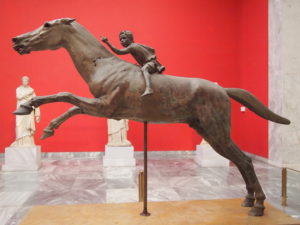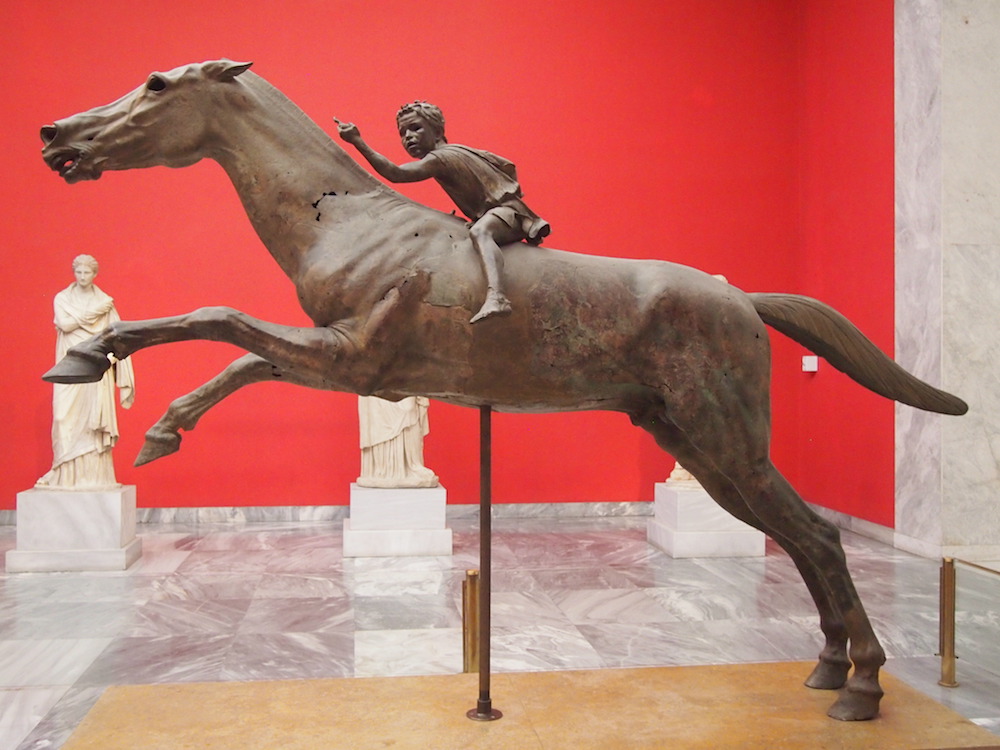The Maritime Transport of Sculptures in the Ancient Mediterranean

This project examines the maritime transport of freestanding sculptures in the Mediterranean Sea from approximately the 7th/6th centuries BCE to the 6th century CE.
In order to comprehend why, when, and how freestanding sculptures of different materials and sizes were transported by sea in antiquity, this research focuses on the underwater contexts in which ancient sculptures have been found. It combines the perspectives of classical and maritime archaeology, and uses a dual methodological approach in the examination of the relevant data. The first, macro scale approach comprises a wide-ranging examination of underwater archaeological evidence for the transport of freestanding sculptures. This involves mainly the thorough study of several available sources and the creation of an extensive database that records known cases of freestanding sculptures deposited in the Mediterranean Sea while being transported in antiquity. The second, micro scale approach involves the in-depth study of individual shipwreck sites with freestanding sculptural artifacts. Since this project does not involve any underwater excavation or survey, the micro scale research consists in either close scrutiny of extant archaeological archives, reports and publications, or in this investigator’s primary recording and study of artifacts kept in museums or archaeological collections around the Mediterranean after their removal from the seabed.
This research sheds light on different patterns and distinct reasons for the transport of freestanding statuary in the Mediterranean during different periods in antiquity. At the same time, it seeks to promote archaeologists’ awareness of the necessity of avoiding the retrieval and salvage of sculptures with no underwater information, a circumstance that also encouraged in the past the illicit trade of such antiquities.
